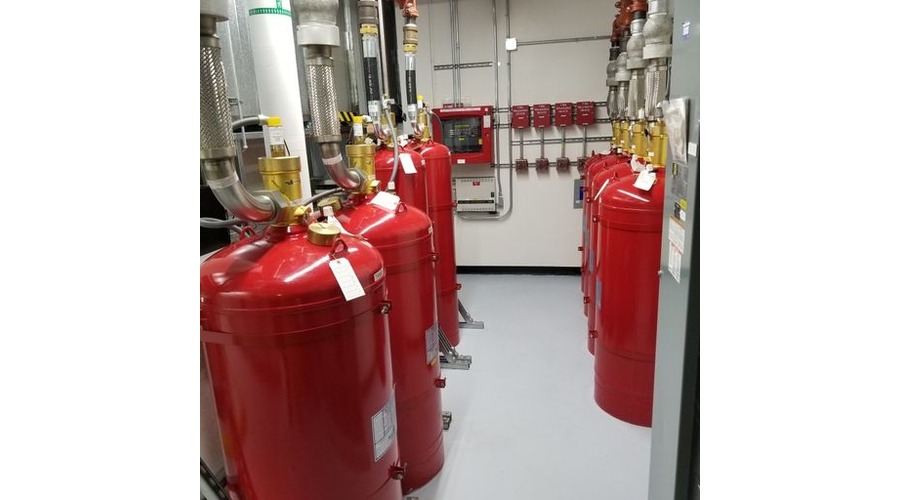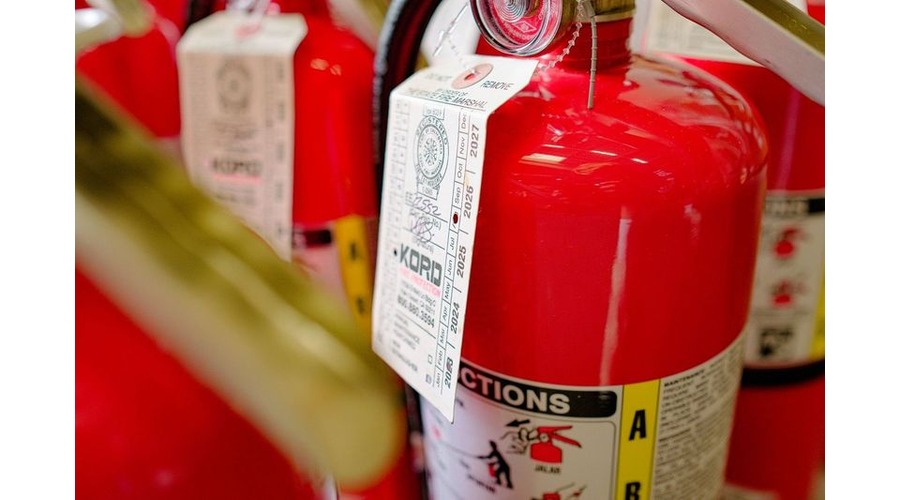Introduction
Cooking-related incidents are a leading cause of fire-related casualties worldwide. In the United States, unattended cooking accounts for nearly 49% of home fires, resulting in a staggering 173,000 incidents annually, leading to 550 fatalities and 4,820 civilian injuries [NFPA 2020 Report]. In light of these alarming statistics, the National Fire Protection Association (NFPA) offers vital guidance on Wet Chemical Extinguishing Systems to mitigate cooking-related fire accidents.
Understanding Wet Chemical Extinguishing Systems
Wet chemical fire extinguishing systems are widely employed for safeguarding commercial cooking operations, including restaurants, plenums, institutional hoods, ducts, filters, and various cooking appliances.
NFPA 17A: The Standard for Wet Chemical Extinguishing Systems
NFPA 17A, the Standard for Wet Chemical Extinguishing Systems, serves as the definitive resource for the design, installation, maintenance, and inspection of these systems. It furnishes essential recommendations for:
- Determining minimum and maximum pipe lengths
- Calculating the required agent quantities
- Selecting specific pipe sizes
- Determining nozzle size and pressure
- Establishing the appropriate flow rate
In the event of a fire, liquid agents are discharged through nozzles at predetermined flow rates and patterns. Upstream of the nozzle, a strainer and protective cover cap are essential to prevent contaminants from entering the pipes.
Installation Requirements for Wet Chemical Extinguishing Systems
NFPA 17A mandates that wet chemical extinguishing systems must be approved by authorized personnel. Before installation, contractors must ensure that appliances, pipes, hoods, and ducts are positioned and protected in accordance with the standard. Correct nozzles and pipes must be used and securely fastened to the system to ensure fire protection.
Piping Integrity Testing
Once these components are verified, the next step, as per NFPA 17A, is the piping integrity test to guarantee continuous liquid flow. This test comprises four key steps:
- Physically inspecting pipes for tightness.
- Checking the system’s normal operating pressure using nitrogen or dry air.
- Confirming the proper discharge of nitrogen or dry air from the nozzle.
- Verification by the relevant authority having jurisdiction.
Following successful verification, all devices must be appropriately labeled with instructions specified in NFPA 17A. If another fire suppression system is installed in the building, it will be inspected to ensure compliance with the wet chemical fire extinguishing system.
Selecting the Right Nozzles per NFPA 17A
Nozzles must be clearly marked to facilitate proper selection based on the system’s requirements. NFPA 17A ensures that all system components are constructed of anti-corrosive, non-combustible materials such as steel or brass.
While choosing the correct nozzle, factors like coverage area and purpose are considered. For instance, duct xx-tr nozzles with 2 flow points are suitable for certain applications, while xx-ed nozzles with 4 flow points are required for plenums.
Appropriate Tank Selection
NFPA 17A provides guidance on selecting tanks with capacities that align with the system’s flow point requirements. Flow point, which denotes nozzle flow capacity, determines the tank capacity.
Key Characteristics of Wet Chemical Extinguishing Systems
A wet chemical fire extinguishing system, in accordance with NFPA 17A, should possess the following characteristics:
- Shutoff devices capable of automatically disconnecting all heat and electrical sources.
- Manual activation, even in automatic systems, except for common exhaust duct systems.
- Monitoring devices in electrically controlled automated systems, providing audible or visible alerts in case of malfunctions.
- Integration with other fire suppression systems, such as fire alarm systems, for coordinated emergency responses.
Proper Testing and Maintenance
In addition to proper design and installation, regular maintenance and testing are essential for ensuring effective fire protection. As per NFPA 17A:
- Monthly testing is required to verify the correct positioning and protection of all components. Ensure actuators are unobstructed and free from tampering. Thoroughly inspect the system to confirm the presence of all tags and certificates.
Inspection Requirements per NFPA 17A
NFPA 17A necessitates a comprehensive biannual inspection of the system and immediate inspection after any activation event, following its guidelines. This inspection involves assessing all components, including nozzles, pipes, and other devices, to ensure unobstructed agent flow.
Conclusion
NFPA 17A’s Technical Committee has outlined 11 minimum requirements to guide the approval, testing, and maintenance of wet chemical fire extinguishing systems. Adhering to the instructions provided by NFPA 17A before and after installation is crucial to ensure fire protection and safety.
Sources:




